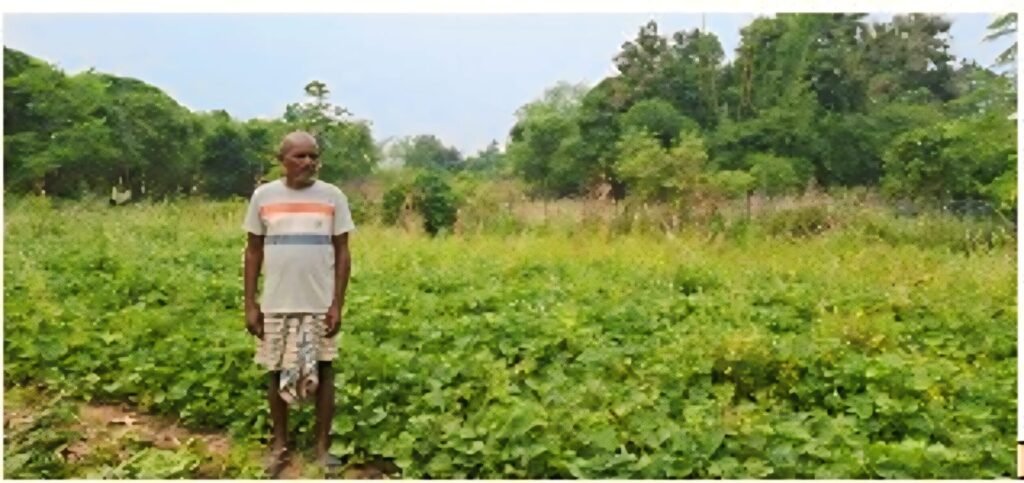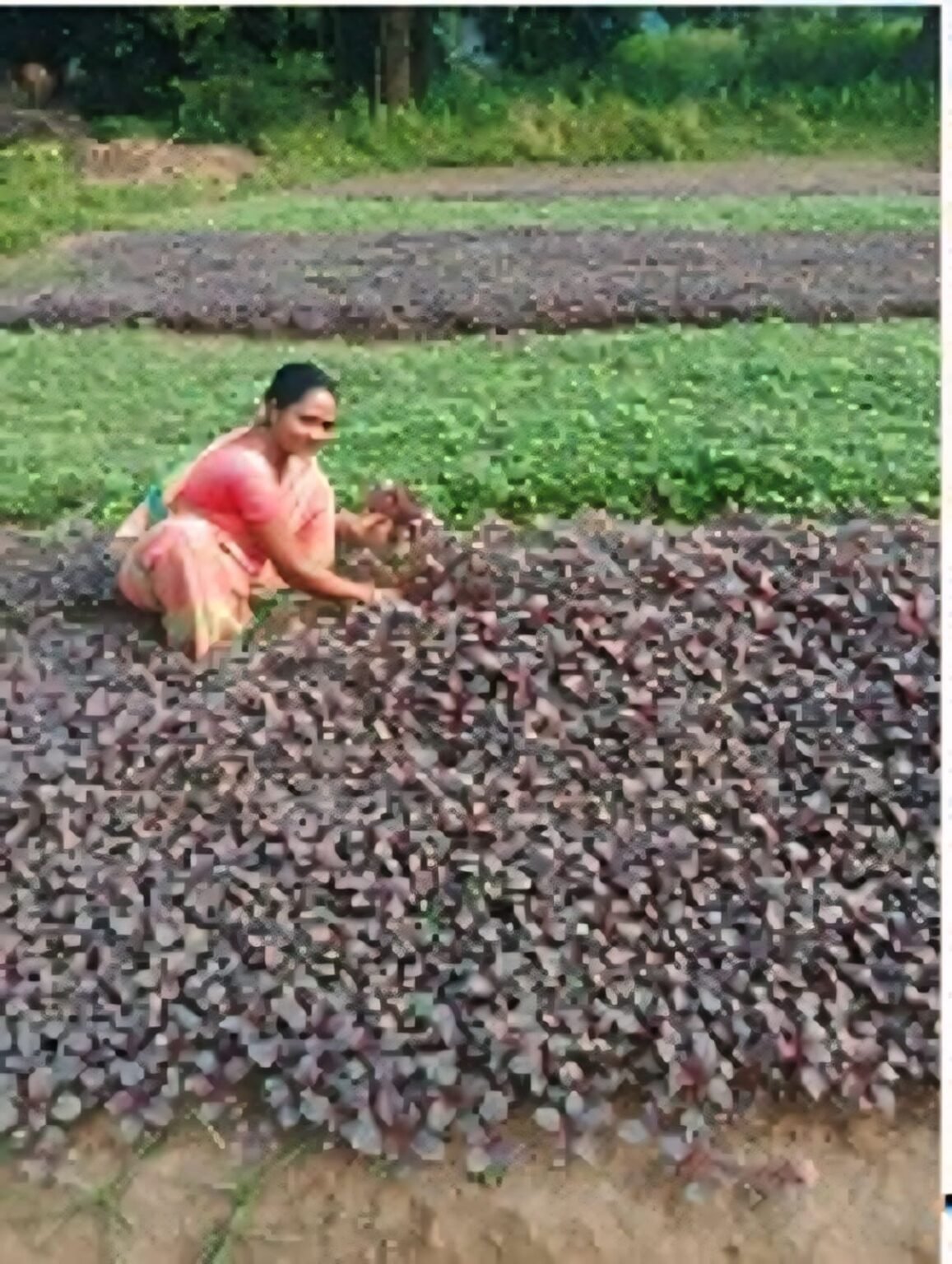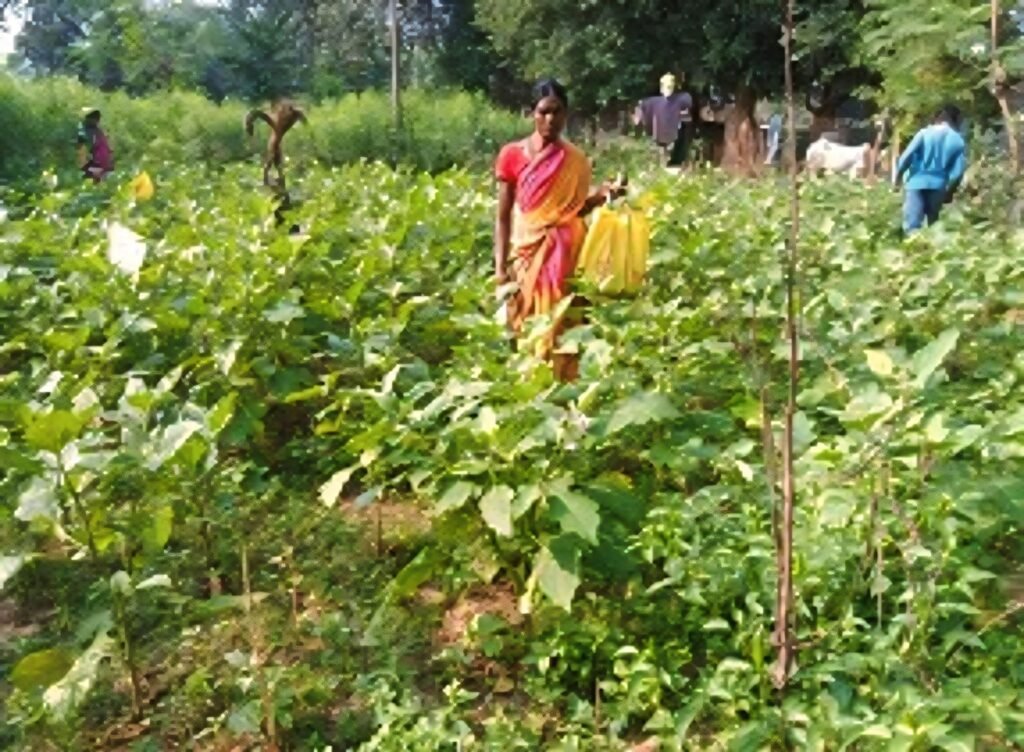About 43 per cent of cultivable land in the district comes under upland areas, which encounter several challenges for crop cultivation. Some of those are water scarcity, land degradation, diverse topography, limited access to technology and vulnerability to climate change events like erratic rainfall and drought. In order to enhance agricultural income, it has become obligatory to address these issues in a comprehensive manner through compatible intervention measures like systematic land management, efficient water conservation techniques and effective utilization of agri-resources. Conventionally, upland areas are predominantly used for cultivation of short duration rice, locally known as goda dhaan and niger during kharif season, resulting in no or negative profit. In some patches the uplands are kept fallow for year after another.
However, upland areas in the district can be prospectively utilized for cultivation of several crops such as millets, pulses, oilseeds, vegetables, fruits and flower crops during kharif season. Annual rainfall of 1600.06 mm and monsoon rainfall of 1225.0 mm (June to September) are adequate to grow these crops without depending on irrigation infrastructure. Millets, pulses and oilseed crops encompass more resilience to tolerate drought and other vagaries of climatic aberrations as compared to traditionally grown water-intensive rice crop. With provision of irrigation facility, these uplands can be profitably utilized for growing vegetables such as brinjal, chili, cowpea, beans, peas, cucurbits, cole crops, capsicum, tomato, okra, root crops, greens, etc. throughout the year. During rabi season, under irrigated ecosystem, vegetable cultivation can provide handsome return to the farmers. Capsicum can give an average yield of 80 quintals per acre, which can earn a profit of Rs 80,000 from one acre area. A good crop of carrot can provide about 100 quintals yield per acre, which will provide a net profit of about Rs 70,000. Watermelon crop can give a minimum yield of 100 quintal per acre resulting in net profit of nearly Rs 70,000.



